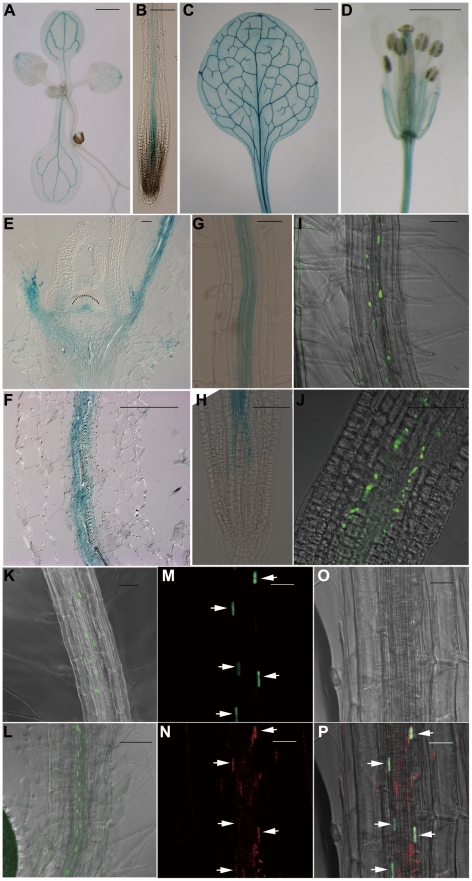Figure 3. JMJ18 is expressed predominantly in companion cells.
(A–H) Histochemical analysis of JMJ181.4 kb:GUS transgenic plants. Ninety-one percent (22 out of 24 independent lines) of the plants exhibited a similar expression pattern. (A) Nine-day-old seedling. (B) Seven-day-old root. (C) Rosette leaves from a 24-day-old plant. (D) Flower. Bar = 1 mm in (A), (C), and (D), and 0.1 mm in (B). Longitudinal sections of the shoot apex (E) and root (F) from twelve-day-old plants. Bar = 50 µm. GUS staining of mature roots (G) and root tips (H) from seven-day-old seedlings. Bar = 50 µm. (I–K) GFP fluorescence in JMJ181.4 kb:JMJ18-GFP transgenic plants. Eighty-five percent (17 out of 20 independent lines) of the JMJ18:JMJ18-GFP plants displayed a similar expression pattern. Seven-day-old seedlings, mature roots (I) and (K), and root tips (J). Bar = 50 µm. (L) GFP fluorescence in seven-day-old roots of SUC2:JMJ18-GFP transgenic plants. Bar = 50 µm. (M) to (P) JMJ181.4 kb:JMJ18-RFP and SUC2:JMJ18-GFP double-transgenic plants exhibited JMJ18 expression in companion cells. All of the transgenic lines (13 independent lines) observed for the colocalization of JMJ18-GFP and -RFP displayed a similar colocalization pattern. GFP fluorescence (M), RFP fluorescence (N), bright-field image (O), and merged image (P). Bar = 25 µm.

